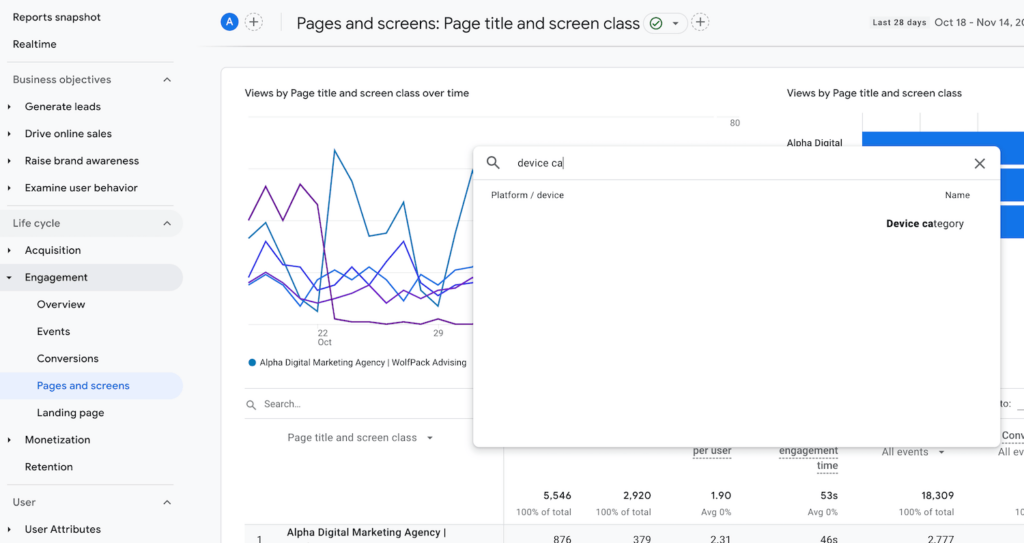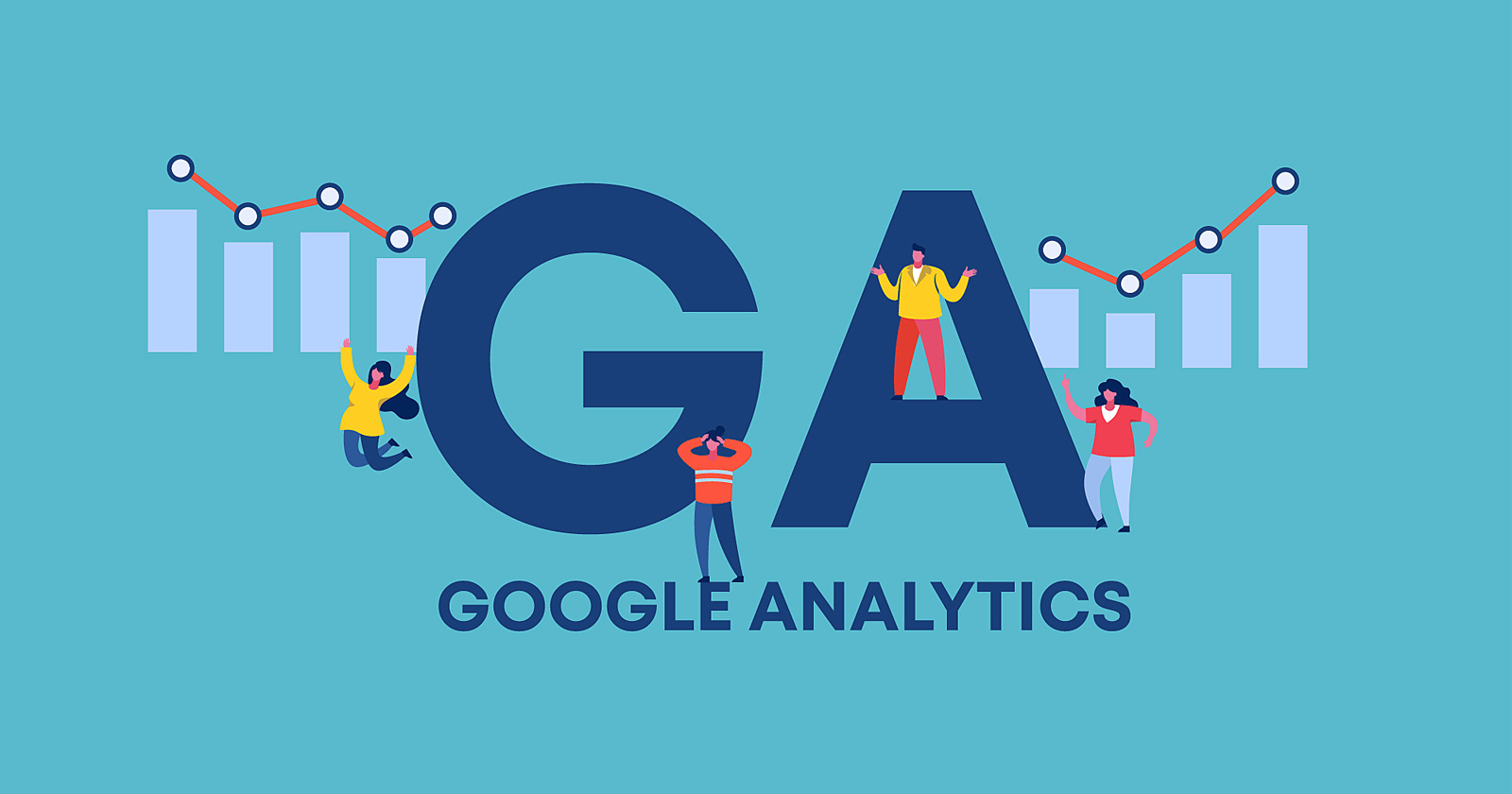Decoding the Value of Second Measurement in Google Analytics: Everything About Its Significance and Influence
In the realm of electronic analytics, the use of second measurements within Google Analytics works as a crucial device for critical much deeper layers of information insights. The importance of secondary measurements hinges on their capacity to provide a nuanced view of user actions and interaction with an internet site or platform. By studying data beyond surface-level metrics, businesses can unlock a wealth of info that improves and shapes tactical choices advertising efforts. This expedition into the world of additional measurements not just provides a comprehensive understanding of customer engagement but likewise loses light on the elaborate dynamics that drive online performance.
Recognizing Second Dimensions in Google Analytics
The understanding of additional dimensions in Google Analytics is crucial for acquiring deeper understandings right into customer habits and internet site efficiency. While main measurements give essential information points such as website traffic sources and page views, second measurements enable a much more nuanced analysis by providing extra context to these key metrics. By incorporating additional dimensions, users can segment and filter their data to discover patterns and patterns that may not be promptly apparent.

Introducing the Benefits of Secondary Dimensions
Structure upon the fundamental understanding of secondary measurements in Google Analytics, discovering the benefits they offer discloses very useful insights for improving data analysis and decision-making. By integrating additional dimensions, customers can dive deeper into their data, obtaining a more detailed view of individual habits, content efficiency, and various other crucial metrics.
In addition, additional measurements offer context to primary data, offering extra layers of info that can assist in recognizing individual interactions and choices. This improved understanding can guide critical decision-making, leading to more targeted marketing campaigns, site optimizations, and overall improved efficiency. Fundamentally, additional measurements act as an effective tool for unlocking much deeper understandings and making the most of the energy of Google Analytics for organizations and web site proprietors.
Leveraging Second Measurements for Enhanced Insights
By taking advantage of the power of additional measurements in Google Analytics, businesses can discover much deeper understandings that drive educated tactical and decision-making optimization initiatives. Leveraging second measurements allows services to delve beyond surface-level information and acquire an extra comprehensive understanding of customer behavior, target market demographics, traffic resources, and web site performance. For instance, by incorporating primary measurements like website traffic resources with additional measurements such as geographical location or tool group, services can determine which areas or tools are driving one of the most useful website traffic to their site.
In addition, secondary measurements enable companies to section and evaluate information much more successfully, aiding them identify patterns, patterns, and opportunities that may have otherwise gone unnoticed. By making use of secondary measurements, services can customize their advertising and marketing techniques, content, and individual experience to far better meet the demands and preferences of their target market. Fundamentally, leveraging additional dimensions in Google Analytics equips companies to make data-driven choices that bring about enhanced efficiency, enhanced ROI, and sustainable growth.

Effect of Second Measurements on Information Evaluation
Enhancing data analysis via the use of secondary dimensions in Google Analytics provides companies with a much deeper understanding of their online performance metrics. By integrating second measurements, such as time of day, geographic area, or tool category, services can discover valuable understandings that may have been neglected with key dimensions alone. This enhanced degree of granularity allows for more specific segmentation of data, making it possible for businesses to recognize patterns, fads, and connections that can drive strategic decision-making.

Making Best Use Of Prospective: Additional Capacities Strategies
One vital method is to incorporate my review here second dimensions with main measurements to acquire a thorough view of customer communications. Coupling the key dimension of 'source/medium' with additional dimensions like 'touchdown page' or 'gadget classification' can reveal which channels are driving website traffic to specific web pages or how individual actions differs across tools.
In addition, using second dimensions to segment information based upon user demographics, habits, or technology can assist companies customize their marketing initiatives to certain audience sectors. This targeted approach can result in boosted conversion prices, enhanced user experiences, and eventually, raised ROI. By maximizing the capacity of second dimensions in Recommended Reading Google Analytics, businesses can make enlightened choices, enhance their on-line visibility, and drive sustainable development.
Final Thought
Finally, second dimensions in Google Analytics play an essential role in offering much deeper understandings and enhancing information analysis. By using secondary measurements effectively, services can gain a more detailed understanding of individual behavior and website efficiency. Including second dimensions right into data evaluation methods can result in even more educated decision-making and boosted general performance. It is crucial for services to utilize the power of additional dimensions to optimize their potential and attain greater success in their on the internet undertakings (what is a “secondary dimension” in google analytics?).
While primary measurements offer fundamental data points such as web traffic resources and page views, second dimensions allow for a more nuanced evaluation by giving additional context to these key metrics. By incorporating main measurements like website traffic resources with second dimensions such as geographical location or gadget group, businesses can recognize which areas or devices are driving the most important website traffic to their web site.
By including second measurements, such as time of day, geographic location, or tool group, companies can uncover beneficial understandings that might have been ignored with main dimensions alone. One vital technique is to integrate additional dimensions with primary measurements look at here now to obtain a thorough view of user communications. Matching the key dimension of 'source/medium' with second measurements like 'touchdown web page' or 'gadget category' can disclose which channels are driving web traffic to details web pages or how user actions differs across devices.